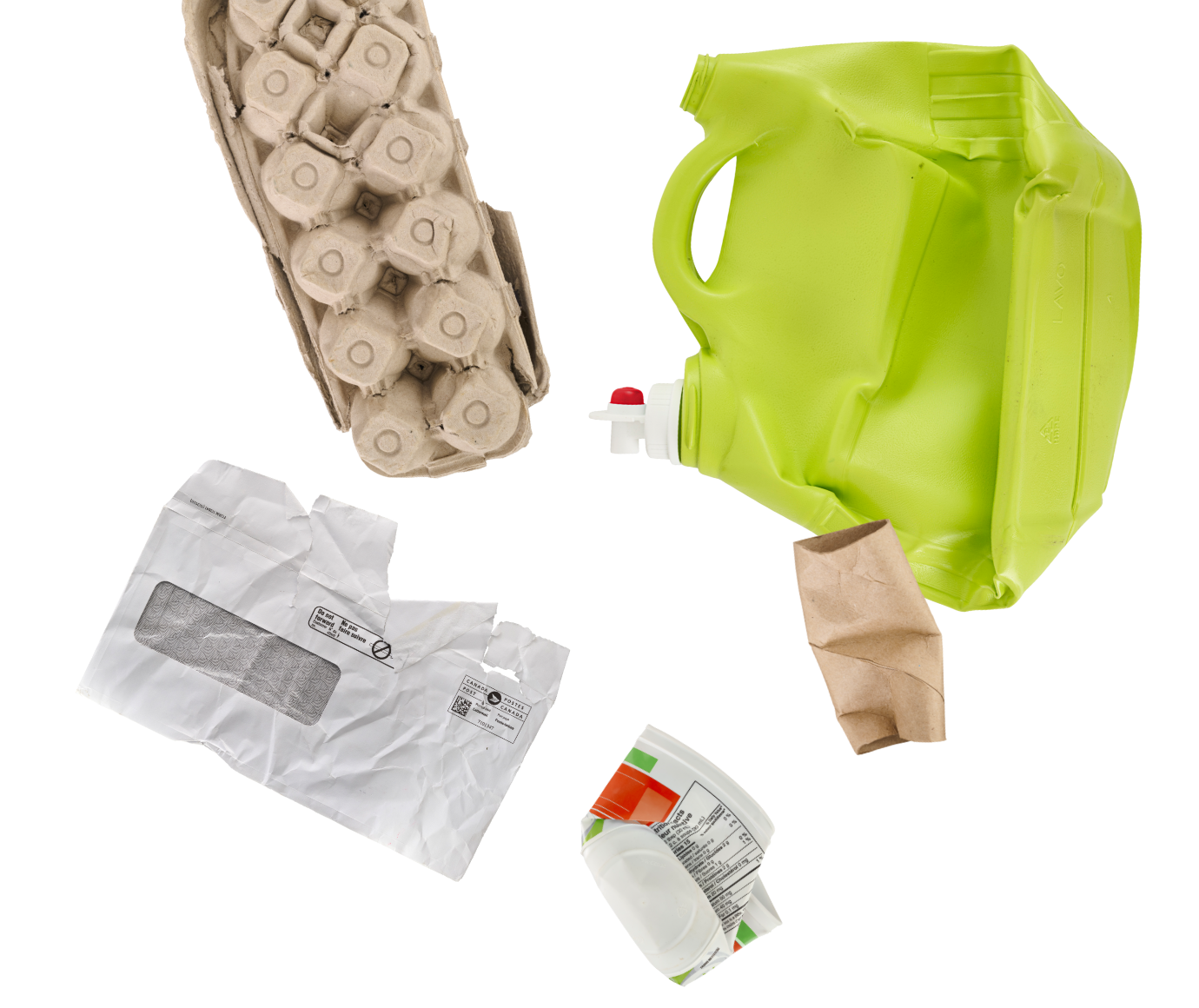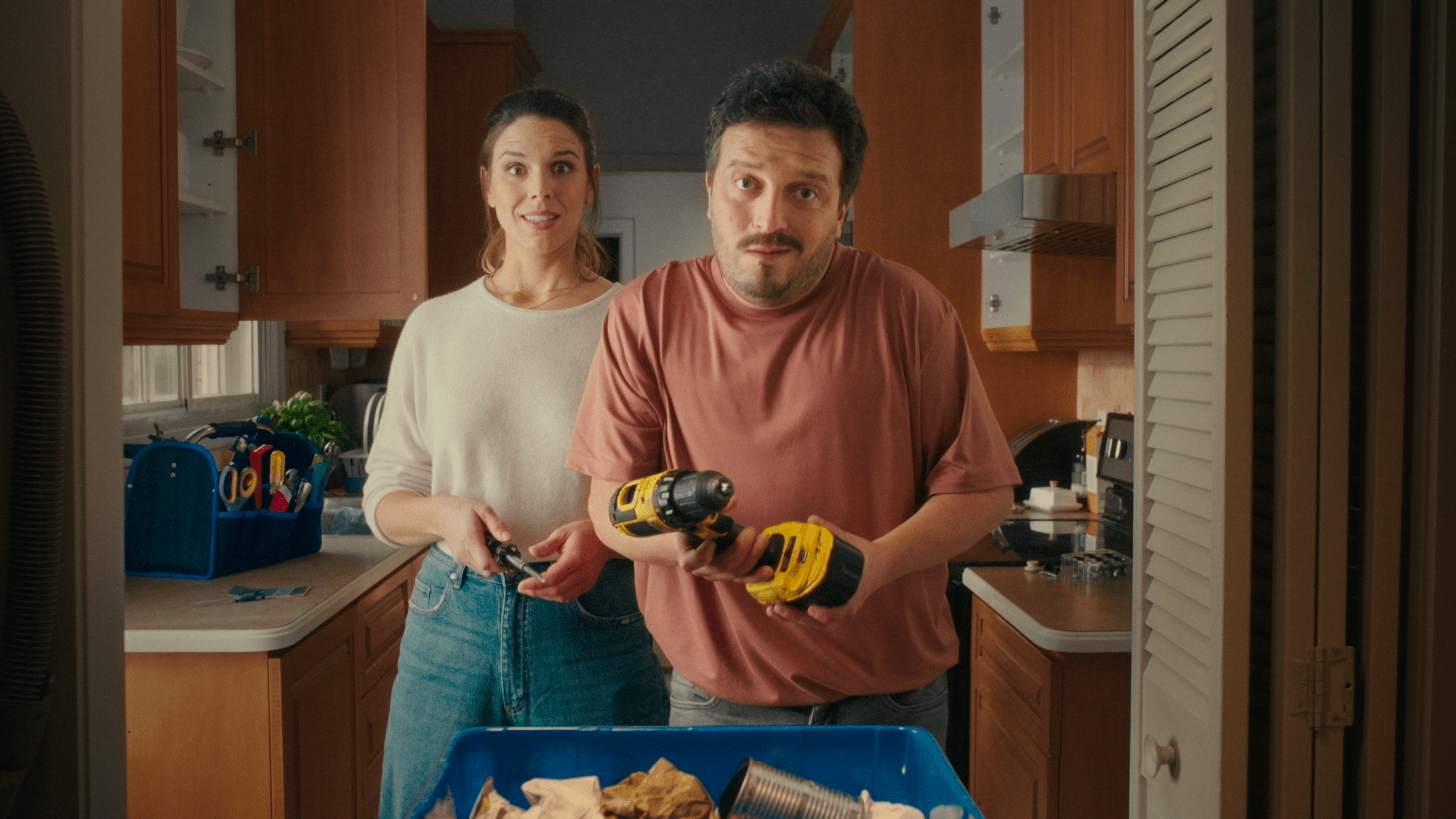Ensemble, on fait le bon geste de tri

Faisons en sorte que notre bac ait un impact positif
Bac Impact est là pour éduquer sur le bon geste de tri et sensibiliser sur l'impact de ce qu'on met dans le bac. En améliorant le contenu de son bac, on génère un impact positif sur le système de collecte sélective. Si chacun y met du sien, c’est toute la société québécoise qui y gagne.

Campagne de sensibilisation
Bac Impact fait la promotion de l’importance d’un bon geste de tri à la maison. On a lancé notre première grande campagne de sensibilisation nationale. Comme le démontre notre publicité, ce que vous mettez dans le bac a un impact. Seuls les contenants, emballages et imprimés vont au bac de récupération. C’est tout.
Faire sa part, ça commence à la maison
Ce qu’on appelle « faire du recyclage », c’est récupérer. Ça veut dire remplir son bac avec des contenants, des emballages et des imprimés. Rien d’autre. Comme ça, on envoie les bonnes matières recyclables au centre de tri, sans se compliquer la vie.
Pourquoi c’est si important de bien récupérer?
Le geste peut sembler anodin, mais choisir les bonnes matières recyclables qu’on dépose dans le bac de récupération, c’est participer à l’économie circulaire. C’est faire un geste conscient qui donne un coup de pouce au bon fonctionnement du système de collecte sélective.